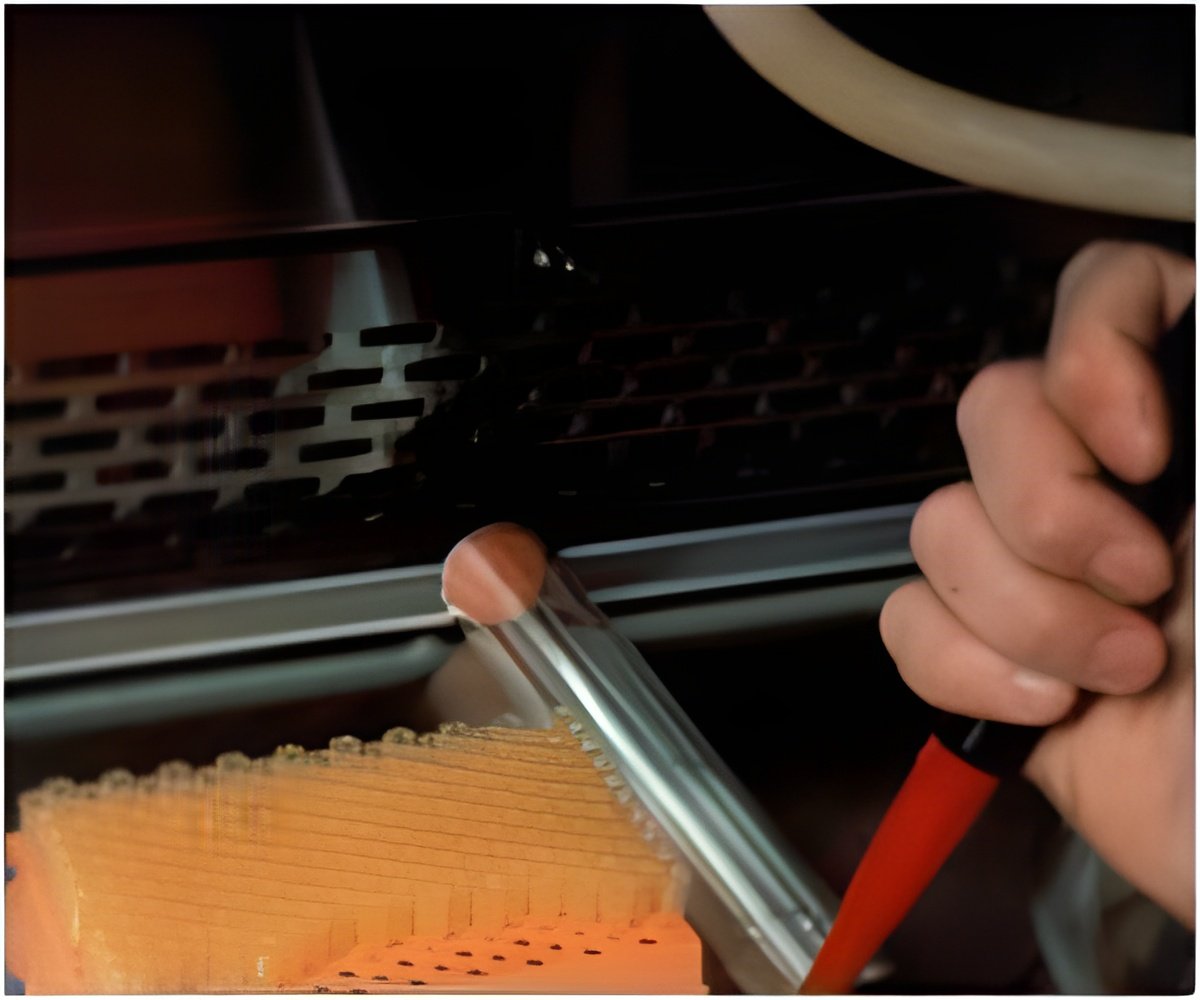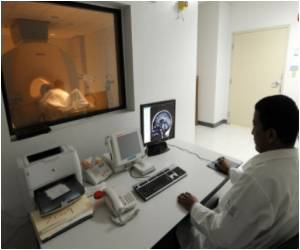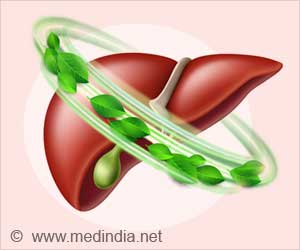
"This is an important step forward - it was impossible until recently to know how this type of receptor is switched on by chemical signals like a tiny machine," said Dr. Kenneth A. Jacobson, chief of the Laboratory of Bioorganic Chemistry in NIH's National Institute of Diabetes and Digestive and Kidney Diseases (NIDDK) and an author on the paper.
"The architecture of the activated receptor allows us to think in more detailed terms about the other half of the drug interaction. We hope that we're on the verge of a revolution that will expedite the process of crafting new drugs to treat disease."
With this finding, scientists in Jacobson's lab, including co-author Dr. Zhan-Guo Gao, will next work on testing this drug-engineering approach with similar molecules they have newly synthesized.
Jacobson and Gao are part of the NIDDK's intramural program, which enables basic scientists and clinicians of diverse skills and expertise to collaborate on solutions to some of the most difficult issues of human health. Several compounds from Jacobson's lab are currently in clinical trials as potential treatments for conditions including chronic hepatitis C, psoriasis and rheumatoid arthritis.
"Discoveries like this, with the potential to lead to future treatments in a wide variety of areas, are why NIH funds basic science," said NIDDK Director Dr. Griffin P. Rodgers.
Advertisement
A receptor is a protein that receives and sends signals to other molecules. The three-dimensional structure of the solved receptor also contains an agonist - a chemical command signal from outside the cell - in this case, an adenosine molecule. Similar to the function of a telephone receiver, the receptor acts as a sensor, picking up the message from the agonist and transmitting its information, which begins processes inside the cell.
Advertisement
This adenosine receptor, called A2A, counteracts inflammation and responds to organs in distress. It belongs to the G-protein coupled receptor family, which is involved in processes necessary for many drugs currently in use to take effect. These findings may lead to new drugs for many diseases.
Source-ANI













